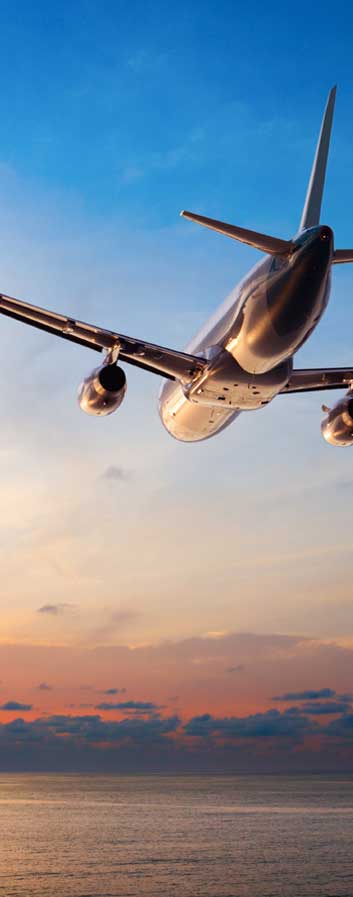Wat Long Khoun
Resting close to the river on the banks of the Mekong, Buddhist temple Wat Long Khoun has long and historically significant connections to the Luang Prabang royal family. Also known as the ‘Monastery of the Happy’ the temple once served as a sanctuary for those seeking spiritual rejuvenation including any new king who would retreat to the Wat for three days cleansing and meditation prior to his coronation at Wat Xieng Thong.
Wat Long Khoun is typical of local Luang Prabang architecture of the 18th century with two single level sections; the front part however was extended in 1937 as instructed by the then-reigning King Sisavonvang. This section is more elaborate in style and features gilded columns and intricate wood carvings.
The older part contains Jataka murals which still retain some of their original vibrancy telling the story of the 547 lives of Lord Buddha. The murals also feature local myths and legends incorporating Buddhist morals of kindness and the importance of giving. Unfortunately, revolutionary vandalism in the 1970s and damp weather resulted in some damages to the murals.
Built in the 18th century, Wat Long Khoun lies almost directly opposite to Wat Xieng Thong and was recently restored by workmen careful to use traditional techniques and materials. Renovation work was much needed as the temple was left in a state of disrepair when the monarchy was disbanded; the work was taken out by the Lao Department of Museums and Archaeology with the assistance of the Ecole Française d’Extrême Orient who went to great lengths to keep it as authentic as possible.
The original meditation room once used by kings is still intact along with the living quarters for monks built as a traditional wooden outhouse. Entrance to the 1937 portico is guarded by two large Chinese statues with the entire porch being supported by eight elegant black-and-gold columns topped with lotus petal designs. Inside, the temple features decorative deities and a variety of other statues and carvings including a red ceiling with dharma wheels, peacocks and mythical creatures intricately stencilled on.


































